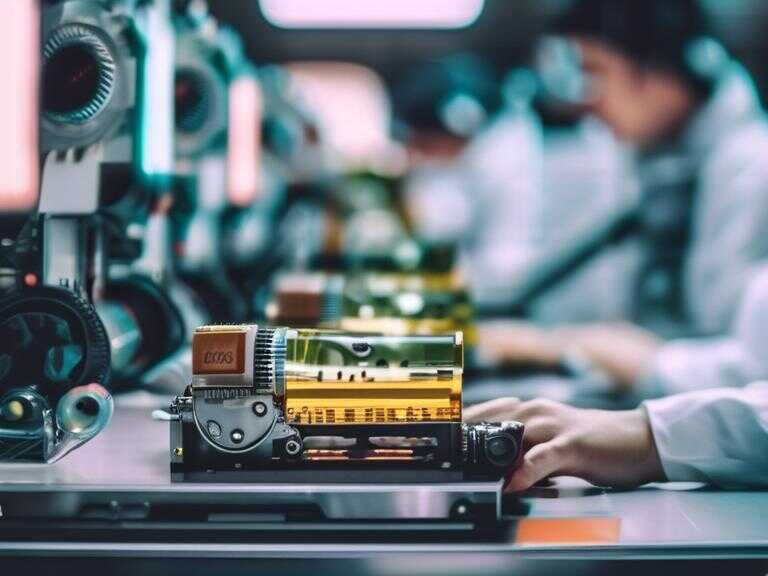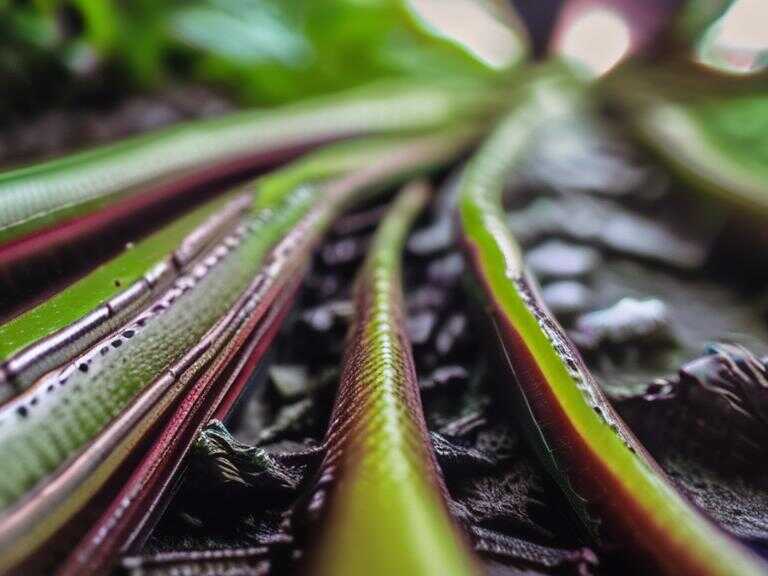
SpaceX Delays Polaris Dawn Launch Due to Helium Leak, Civilian Spacewalk Postponed
A SpaceX launch with private citizens delayed due to helium leak, set for later this week, involves the first civilian spacewalk.

A SpaceX mission featuring a crew of four private individuals has encountered a setback as a helium leak has resulted in a postponement of the scheduled launch. Originally set to lift off early Tuesday from NASA’s Kennedy Space Center in Florida, the Polaris Dawn mission's launch has been deferred until later this week at the earliest. The crew, consisting of billionaire entrepreneur Jared Isaacman, retired Air Force Lt. Col. Scott “Kidd” Poteet, and SpaceX engineers Sarah Gillis and Anna Menon, was set to undertake a mission that included the unprecedented prospect of a civilian crew conducting the first spacewalk. However, an announcement from SpaceX on X revealed that a helium leak had impeded the launch. The company stated, "Teams are taking a closer look at a ground-side helium leak on the Quick Disconnect umbilical", assuring that the Falcon and Dragon remain in a healthy state and the crew is fully prepared for their multi-day mission to low-Earth orbit.
Impact of Helium Leak on Mission Timeline
The helium leak has undeniably posed a challenge for SpaceX, which has consistently transported NASA astronauts to and from the International Space Station since 2020. The company made history in 2021 by successfully carrying its first individuals from the private sector into orbit, a mission funded and participated in by Isaacman to raise funds for St. Jude Children’s Research Hospital. The latest mission, Polaris Dawn, had anticipated a groundbreaking spacewalk on the third day, with two crew members expected to exit the Crew Dragon spacecraft on a tether. However, due to the design of the spacecraft lacking a pressurized airlock, all four crew members would be required to don newly designed spacesuits, and the entire capsule would undergo depressurization, exposing it to vacuum conditions.
Historically, such ventures into the vacuum of space were the exclusive domain of astronauts from governmental space agencies, who undertook crucial tasks such as building or upgrading space stations in orbit, repairing satellites, and conducting scientific experiments. The polaris dawn mission aims to transcend these boundaries by empowering a civilian crew to engage in spacewalks, marking a significant leap in the democratization of space exploration.
Unprecedented Orbital Ambitions
The operational scope of the Crew Dragon capsule in the Polaris Dawn mission is not limited to mere orbital maneuvers. The mission envisions a trajectory that would propel the capsule to altitudes of up to 870 miles above the Earth's surface, exceeding the orbital altitude of the International Space Station by more than threefold. This ambitious undertaking would not only grant the crew a vantage point of unparalleled magnitude but would also facilitate passage through the inner regions of the Van Allen radiation belt, a zone characterized by high-energy radiation particles encapsulated by the Earth's magnetosphere.
Moreover, the Polaris Dawn flight aims to record the effects of space radiation on both the astronauts and the vehicle itself. The implications of this research could prove instrumental for SpaceX's long-term ambitions, including prospective missions to the moon and Mars, which would necessitate traversing through the inner and outer Van Allen radiation belts.
Future Endeavors and Unveiling the Cost
Polaris Dawn constitutes the inaugural venture of a trio of planned spaceflights that Isaacman is financing and organizing in collaboration with SpaceX. Despite the groundwork laid for these expeditions, Isaacman has opted not to disclose the financial outlay involved or the potential objectives and timelines for the subsequent missions. As SpaceX awaits the rescheduling of the Polaris Dawn launch, the aerospace community and beyond remain captivated by the unfolding developments, awaiting the opportunity to witness a new chapter in the annals of space exploration.
Share news















